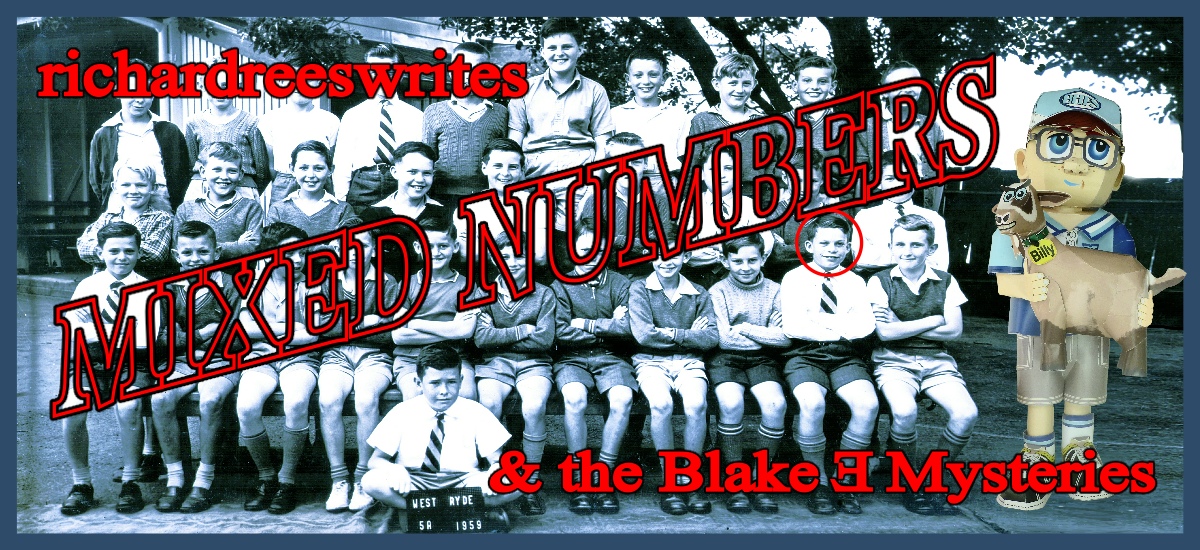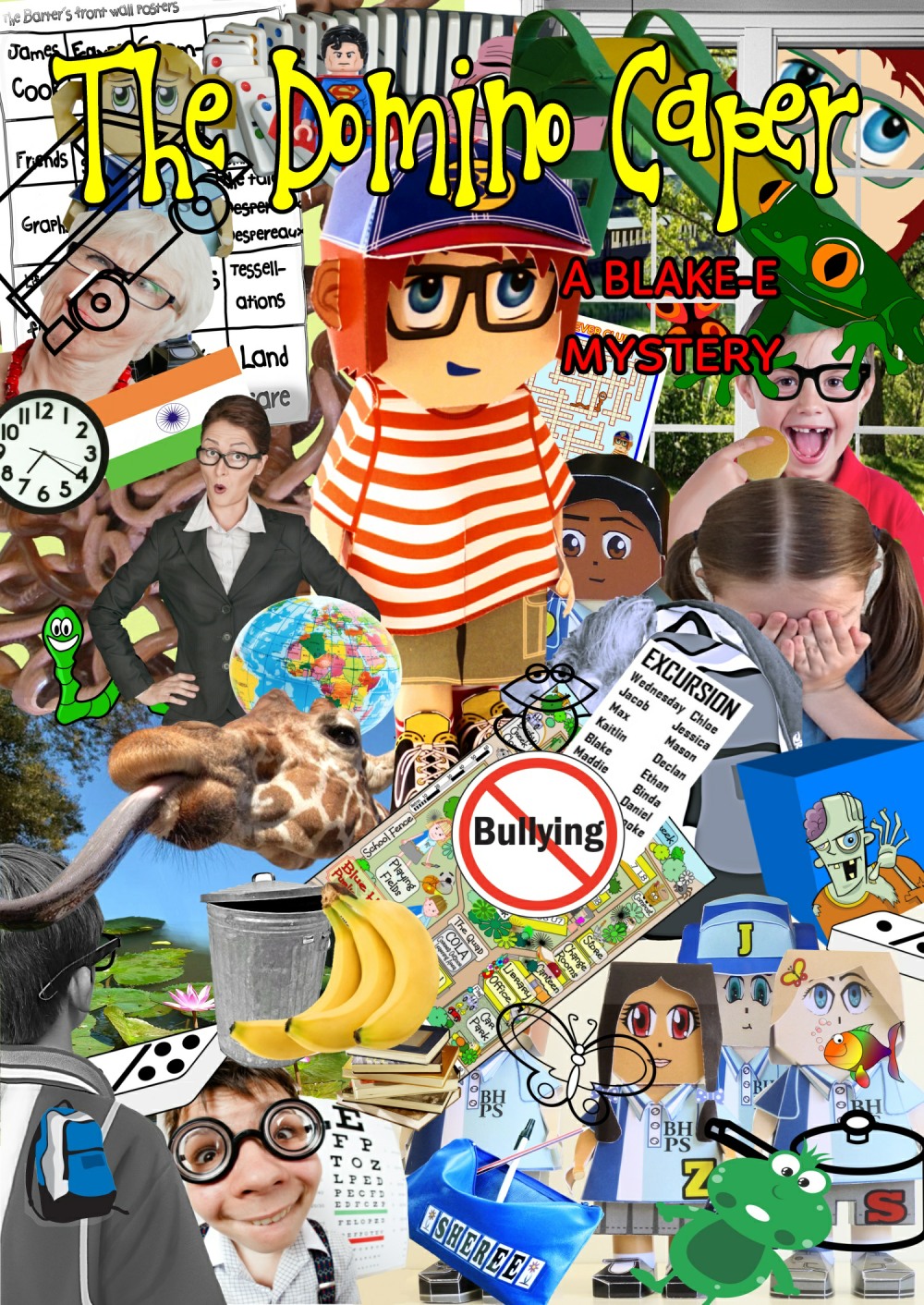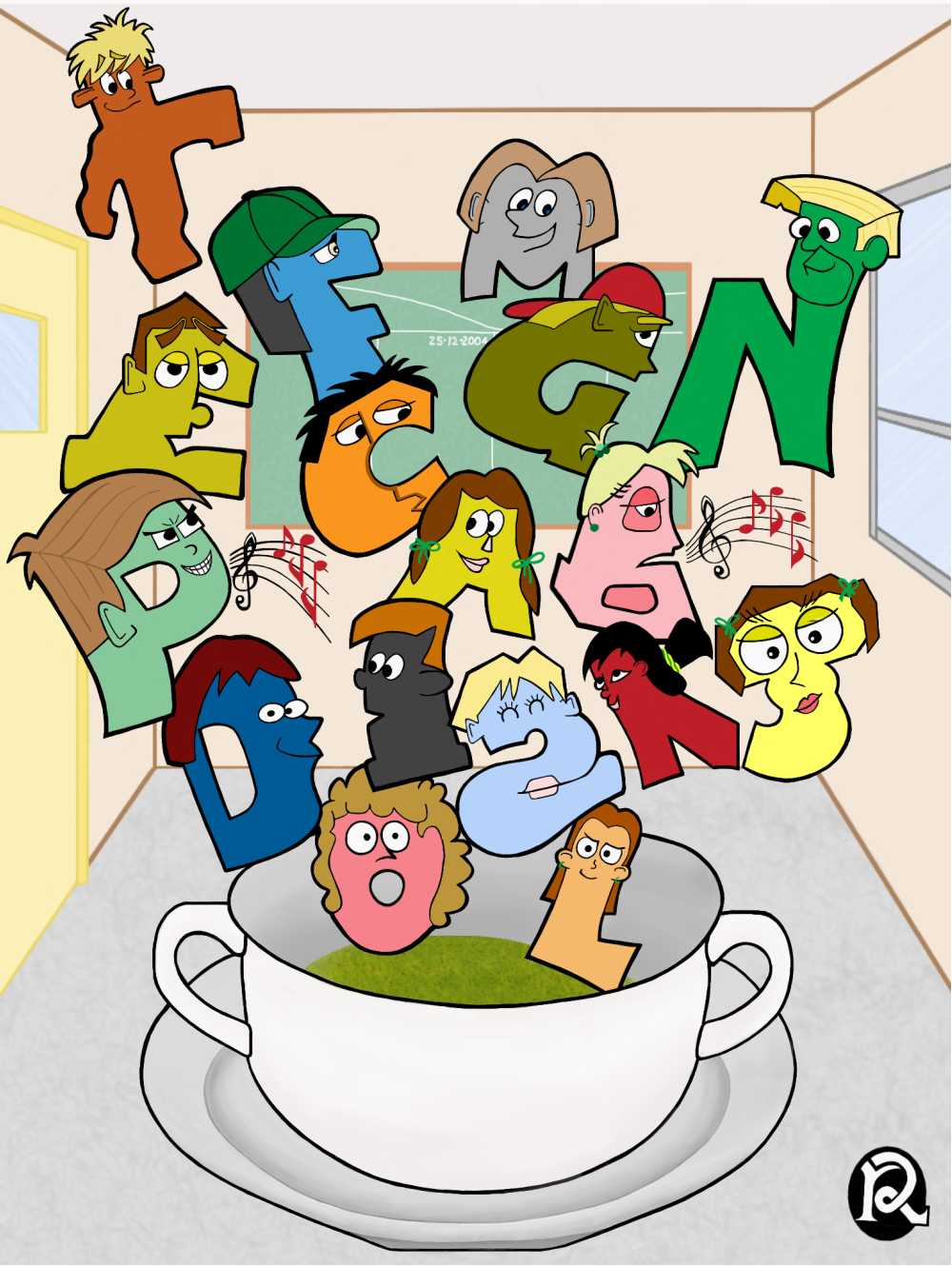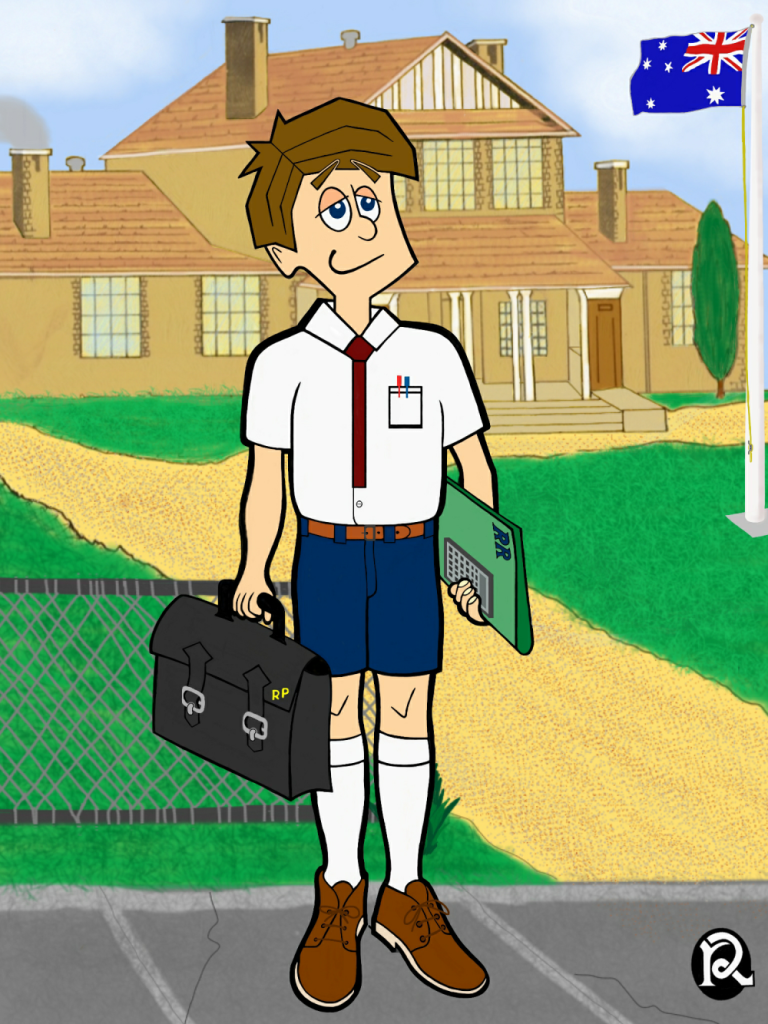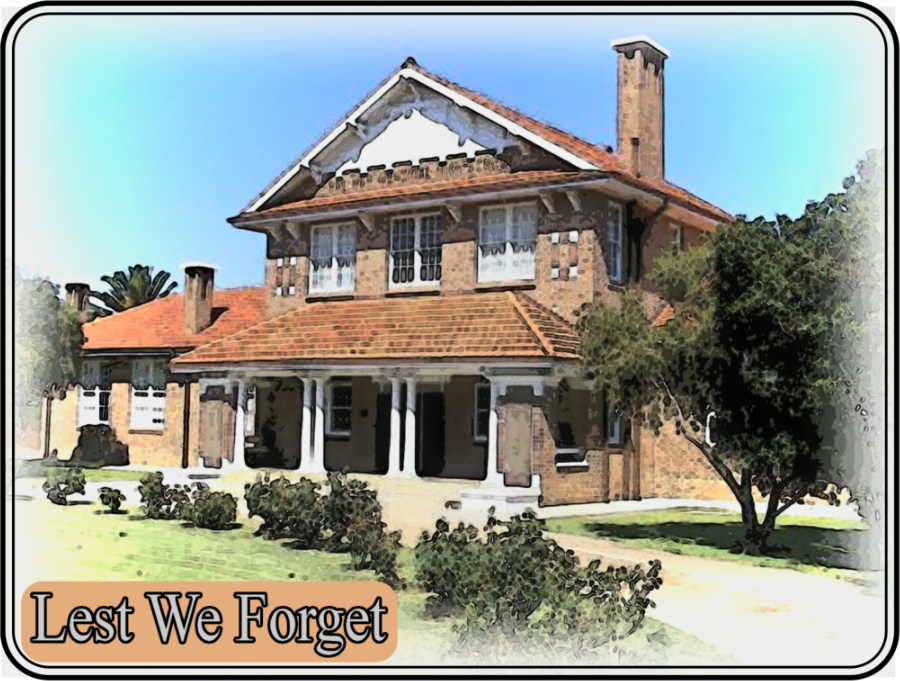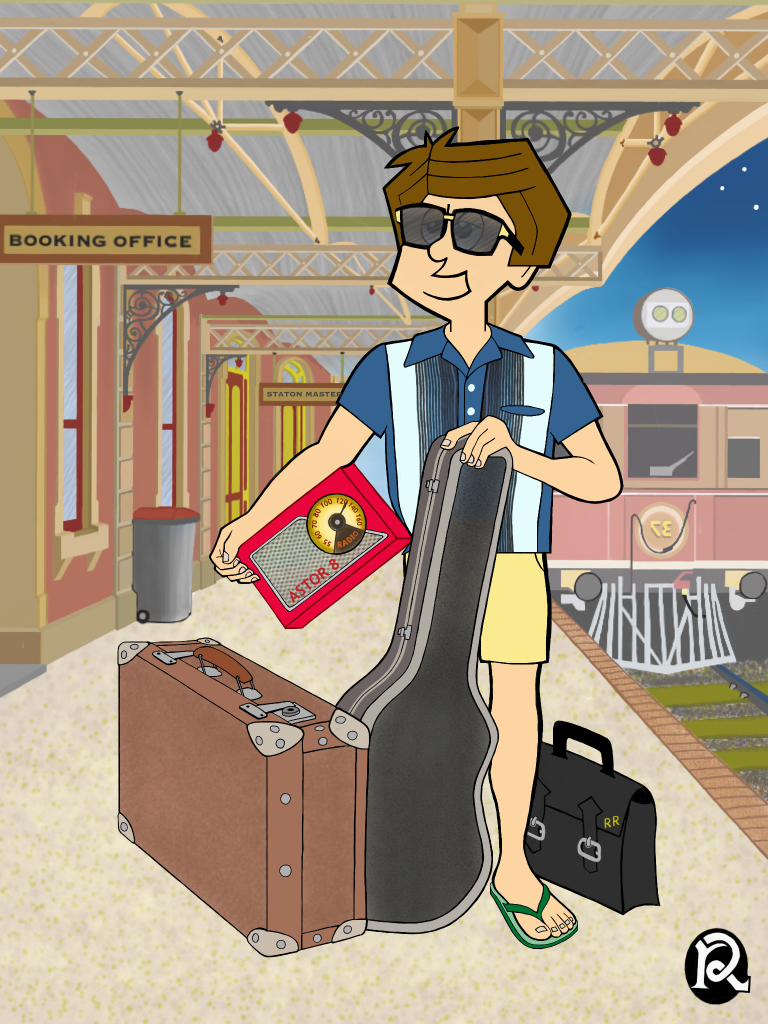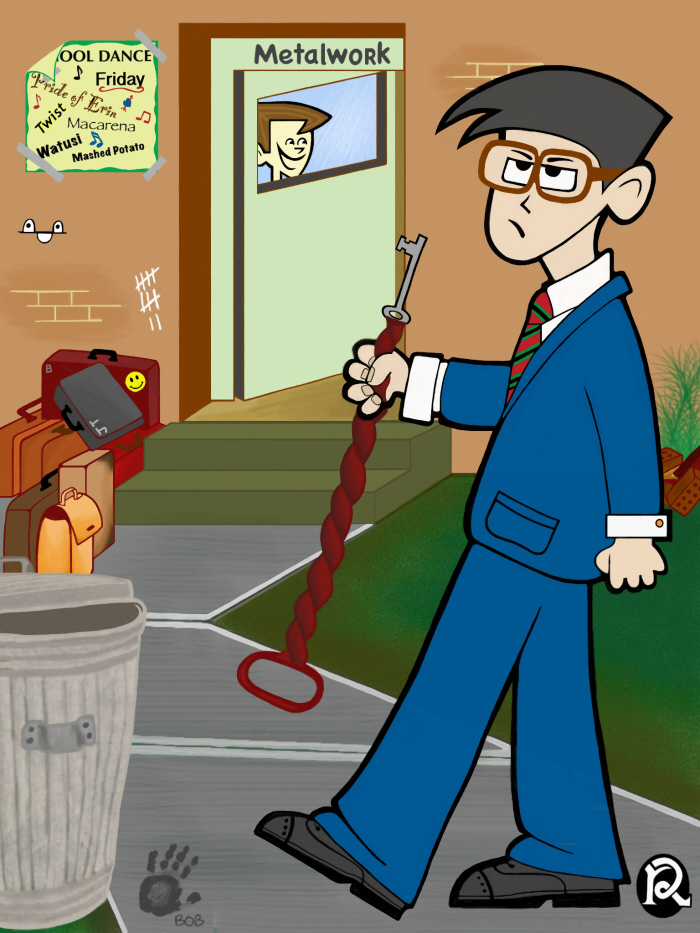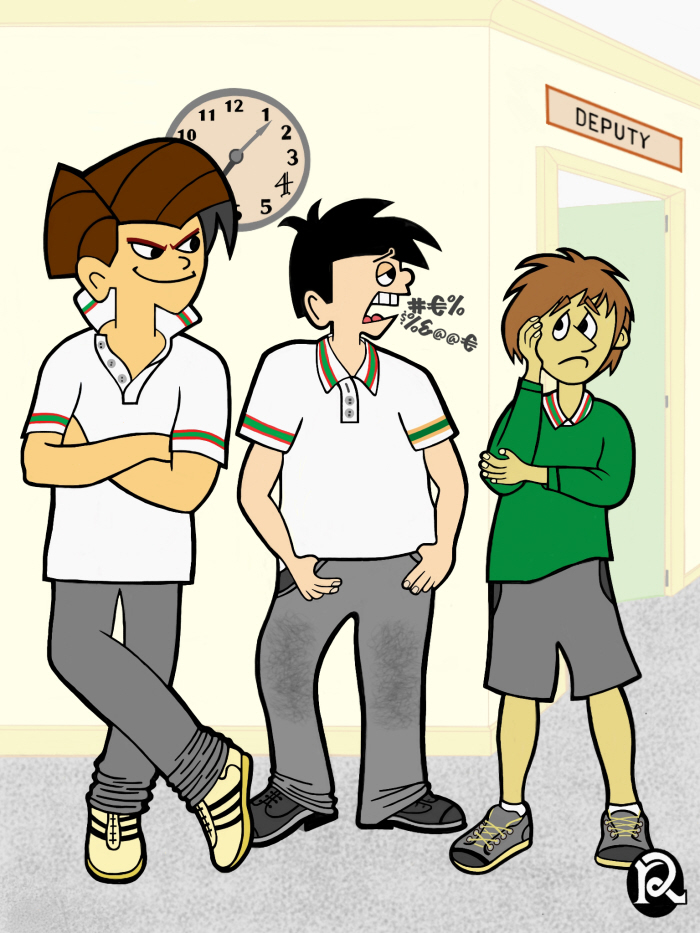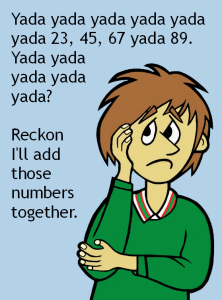‘TWAS THE WEEK BEFORE CHRISTMAS
 ‘Twas the week before Christmas
‘Twas the week before Christmas
Strange, but true: a Santa Claus on folded cardboard can transform an “annus horribilis” into yet another memorable year.
Now don’t get me wrong, teaching was, for me, a most rewarding career. The camaraderie between staff and the interaction with students, as a group and as individuals, I truly miss. There were, however, occasions when troublesome charges or a difficult class garnered a sigh of relief at year’s end.
Thus, a student who brings a Christmas card can, as the Good Book says, “make the rough ways smooth”. And this December I sensed Angela had put her hand up. Across the crowded quad, I glimpsed her skipping across the quad, accompanied by several excited friends, waving an envelope.
From my experience, unlike our Primary School counterparts, tangible Christmas Greetings for High School teachers can be as scarce as prime numbers over 1000. This may be a result of the Christmas transition prior to secondary school during which a child becomes a teenager. In this process, youngsters exchange an individual, much-loved educator for a conglomerate of well-meaning tutors.
One colleague in our faculty kept all his previous season’s greetings as mementos of pupils past. Commendable maybe, except, every Christmas he produced his saved cards and added them to his current collection. An exhibition which eclipsed any display the rest of us could muster.
 During my career, I recall two Christmas presents I received—actually, the only two. In my first year, I received a tiepin which matched the thin ties of the late sixties. Unfortunately, the following two years saw me in army fatigues as a National Service Conscript. The tiepin barely made an appearance after the army because, in the seventies, tie widths exploded four fold.
During my career, I recall two Christmas presents I received—actually, the only two. In my first year, I received a tiepin which matched the thin ties of the late sixties. Unfortunately, the following two years saw me in army fatigues as a National Service Conscript. The tiepin barely made an appearance after the army because, in the seventies, tie widths exploded four fold.
The second gift, a travel shaving kit, came late in my career. I still wonder if Lien had even noticed I sported a beard. Either she had not, or perhaps she thought my appearance would be enhanced if I used the new razor to get rid of my whiskers.
Today, however, one pupil had not forgotten me at Christmas. I looked around to check that Angela was still headed my way. Bless her for remembering her Year Adviser. She stopped, grinned, and thrust the welcome white rectangle into my hand.
I beamed, albeit self-consciously.
“That’s so thoughtful of you Angela”.
“Not really Sir. I didn’t wanna bring the card, but mum made me”.
Santa Claus is anyone who loves another … who lives his life throughout the entire year in the Christmas spirit. Edwin Osgood Grover (1870-1965) American Publisher, Educator
